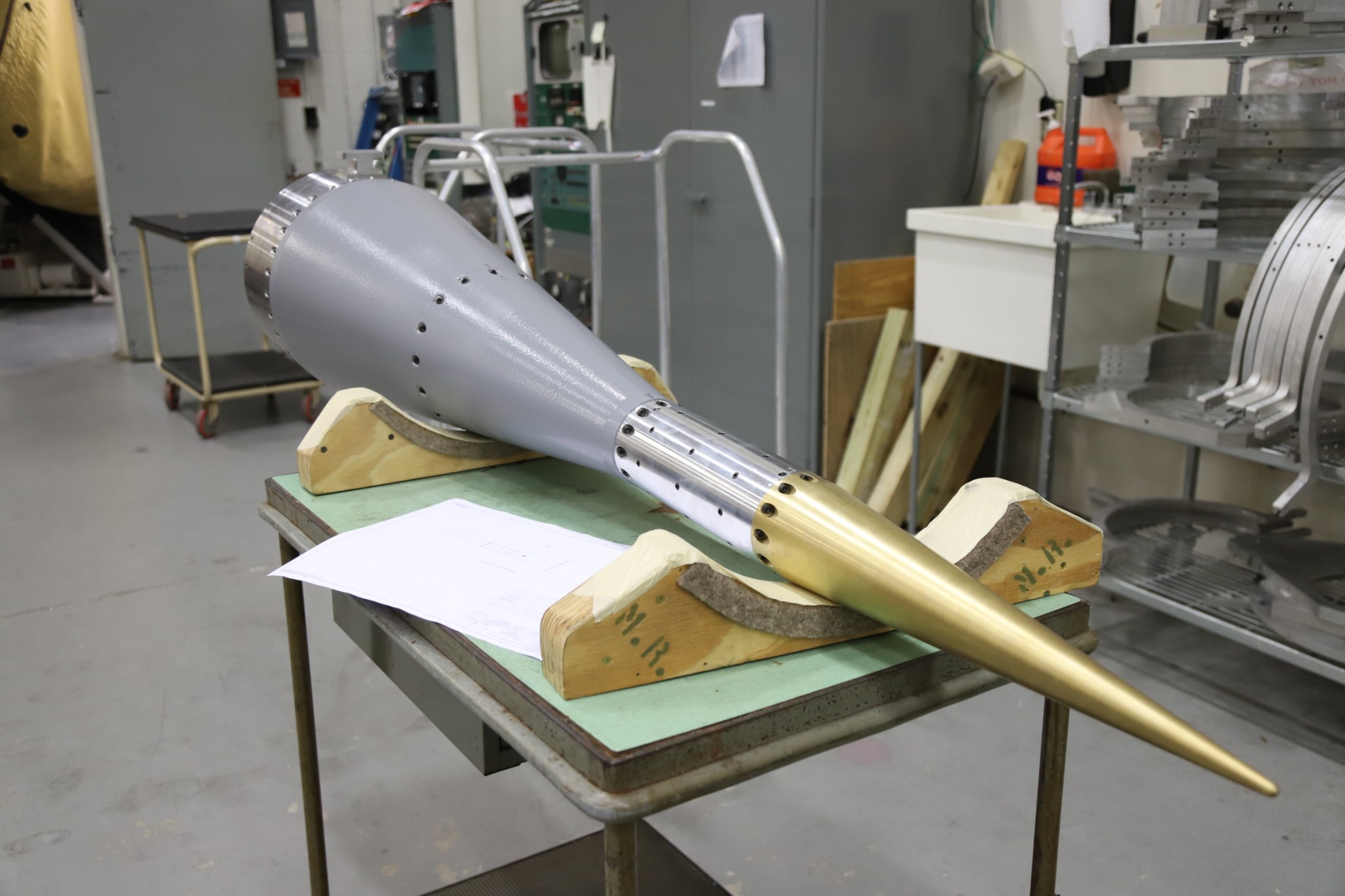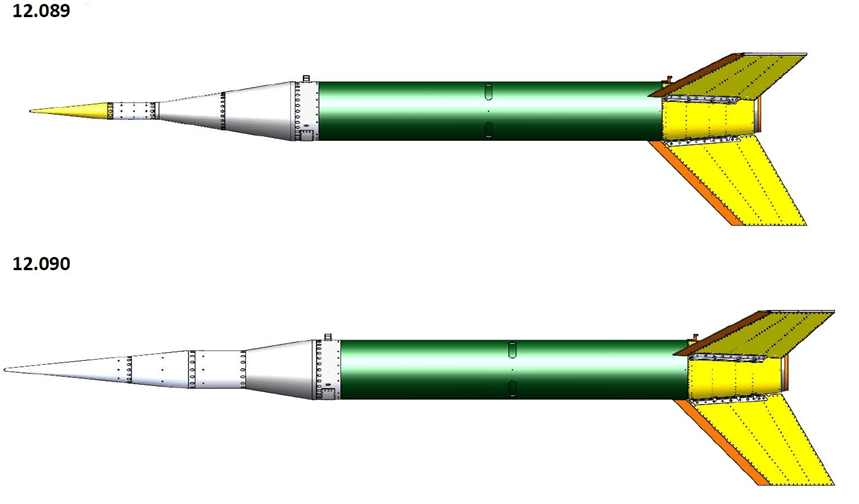UPDATE Feb. 13, 2023: The scheduled launches of two Improved-Orion sounding rockets from NASA’s Wallops Flight Facility scrubbed Feb. 10 due to unacceptable wind conditions for launch. The launches have been rescheduled for Thursday, Feb. 16, with a window running from 7 to 9:30 a.m. EST and back-up launch days through Feb. 19 The rockets are scheduled to launch about 30 minutes apart. Launch updates will be provided via Wallops’ Facebook and Twitter accounts. A livestream is scheduled to begin about 10 minutes before the first launch and is available via Wallops’ YouTube channel. The NASA Wallops Visitor Center will not be open for launch viewing.
UPDATE Feb. 9, 2023: The launch attempt Thursday, Feb. 9, was scrubbed due to unacceptable wind conditions. The rocket launches have been rescheduled for Friday, Feb. 10, with a window from 8-10 a.m. EST.
NASA will test a new capability for supporting science research in the mesosphere with the launch of two rockets from NASA’s Wallops Flight Facility, Virginia on Feb. 9, 2023. The two Improved-Orion suborbital sounding rockets will launch about 30 minutes apart between 8-10 a.m. EST.
A livestream of the launches will begin ~15 minutes before the first scheduled launch. The Wallops Visitor Center launch viewing area will be open at 7:30 a.m. for the launches, which may be visible in the Wallops area.
The two rockets are part of an effort to advance the study of the mesosphere, a layer of Earth’s atmosphere between approximately 31 and 53 miles (50-85 kilometers) altitude. The mesosphere is a key region for studying meteor ablation and dust, noctilucent clouds, and upper atmospheric chemistry and winds.
To study the mesosphere thoroughly, there is a need for relatively inexpensive rockets that can be launched in quick succession over the course of several hours, including simultaneous launches along different angles to provide spatial coverage. These rockets and their payloads should also be relatively small to ensure the area being investigated is minimally disrupted during the experiment.
The upcoming launches will use one of the smaller rockets in NASA’s fleet to carry newly-designed compact payloads into the mesosphere. One payload has a four-inch diameter and is 71 inches long while the other has a nine-inch diameter and is 83 inches long. Both rockets are projected to carry their payloads to about 71 miles altitude, where they will test aerodynamic stability and performance of both the launch vehicle and payload designs.
“The use of the nine-foot tall Orion motor, a surplus military rocket, looks feasible to meet the requirements,” said Giovanni Rosanova, NASA’s Sounding Rockets Program Office chief. “This will continue the history of the program using excess rockets for affordable scientific research.”





























